From Video to Magic: How to Make a Video a Live Photo on iPhone and Android!
Updated: July 31, 2025 Author: Vitaly
In this article, we will help you figure out how to make Live photos with video and using the camera on iPhone and Android phones. We will analyze the features of the implementation of this technology and its limitations.
Live Photos were originally a signature feature of Apple devices, where the ability to take such pictures appeared in 2015 with the release of the iPhone 6s. It is something between a photo and a video. When you take a Live Photo, the phone takes not only one frame, but also a short video clip of about 1.5 seconds before and after the moment of shooting, as well as sound. The result is a static image that “comes to life” when you press the play button or hold your finger on the screen.
Using this feature, you can capture fleeting moments that are difficult to capture in a regular photo, such as a smile, a flick of hair, or the movement of an animal. Adding dynamism and sound makes your photos more emotional and expressive.
Technical implementation of Live Photos
At first glance, it may seem like there’s nothing complicated about creating these photos. However, from a technical standpoint, it’s a complex technology, as it involves two completely different formats: an image (HEIC on iOS and JPG on Android) and a video. When you view a Live Photo, the keyframe (a static image) is displayed by default, but when activated, a short video clip associated with it is played.
It is noteworthy that in Gallery (Android) or Photos (iOS) both files are combined and displayed as one. As a result, the video part is completely hidden from the user. If you check the properties of the photo, only the image format will be displayed.
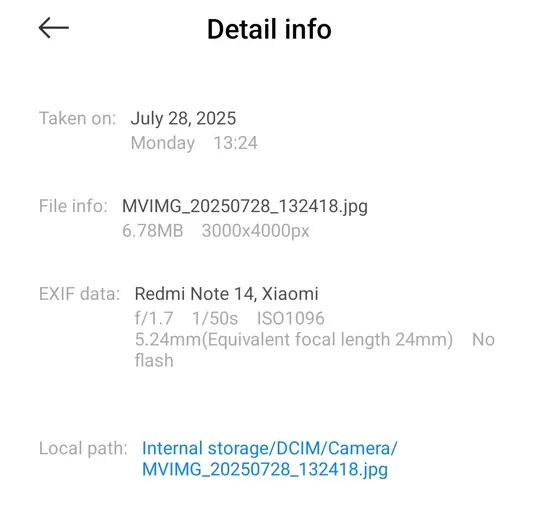
Like regular photos, it supports metadata, which allows you to easily change the keyframe without losing image quality.
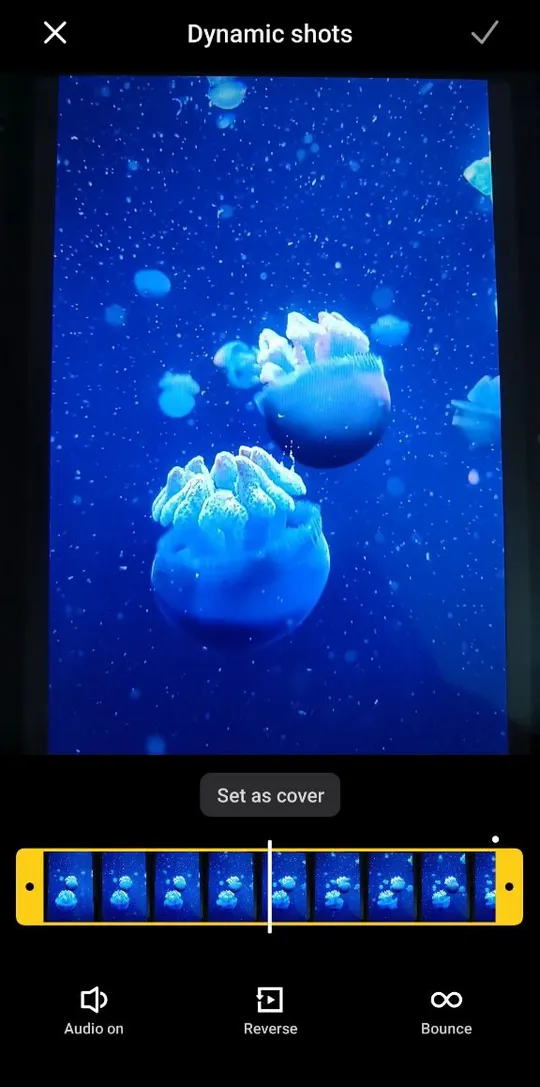
However, you can also create a dynamic photo from a finished video.
How to Make Live Photo with Video on iPhone
Despite the advanced features for shooting Live Photos, the iPhone does not have a built-in tool for creating them from previously recorded videos. To implement this feature, you need to install third-party programs, such as intoLive.
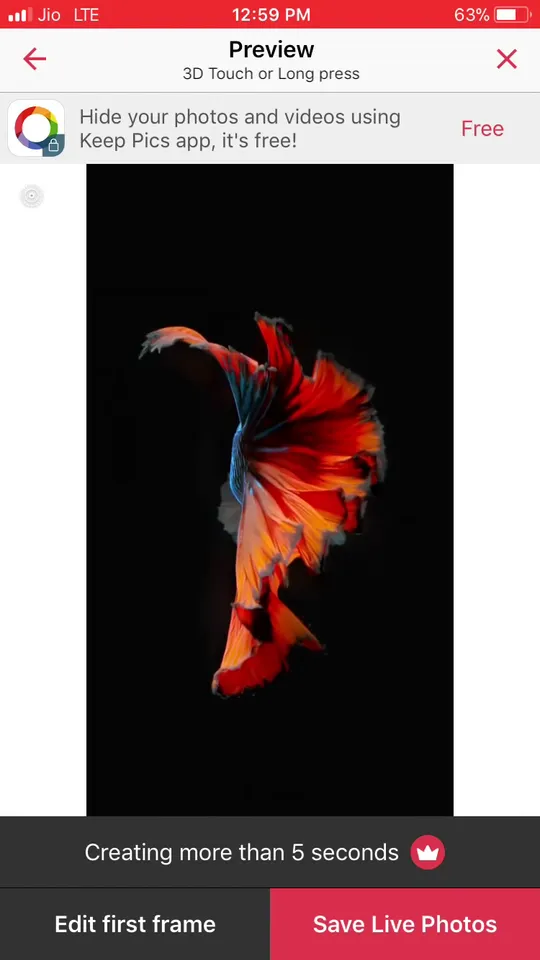
This is a freemium app, the full functionality of which is only available after subscribing, but the basic capabilities are enough for Live Photos. To start creating, you need to: specify the video for editing, cut the required fragment (should not exceed 5 seconds) and select a key frame.

Once exported, the created dynamic photo will appear in the corresponding section of the Photos application.
How to Create Live Photo with Video on Android Phone
Due to the lack of a standardized approach to implementing Live Photos on Android phones, there is no universal app for creating them from video. Therefore, all the apps presented on Google Play create animated GIF files instead of full-fledged dynamic photos.
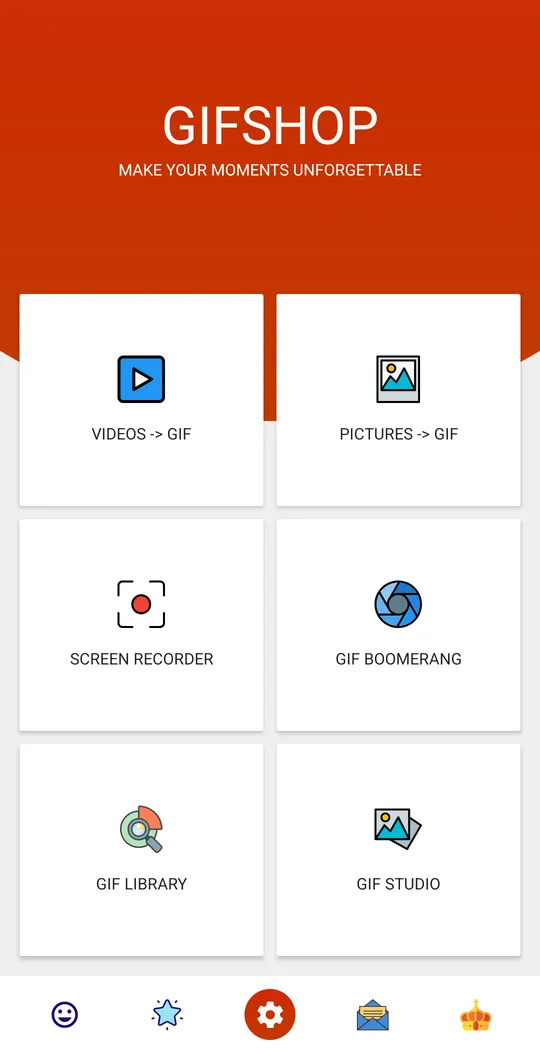
Unlike Live Photos, you can't select a keyframe in animation, but you can specify the speed or make image adjustments.

How to Take a Live Photo on iOS and Android Phones
The easiest way to create a Live Photo is to use the standard camera function on your phone.
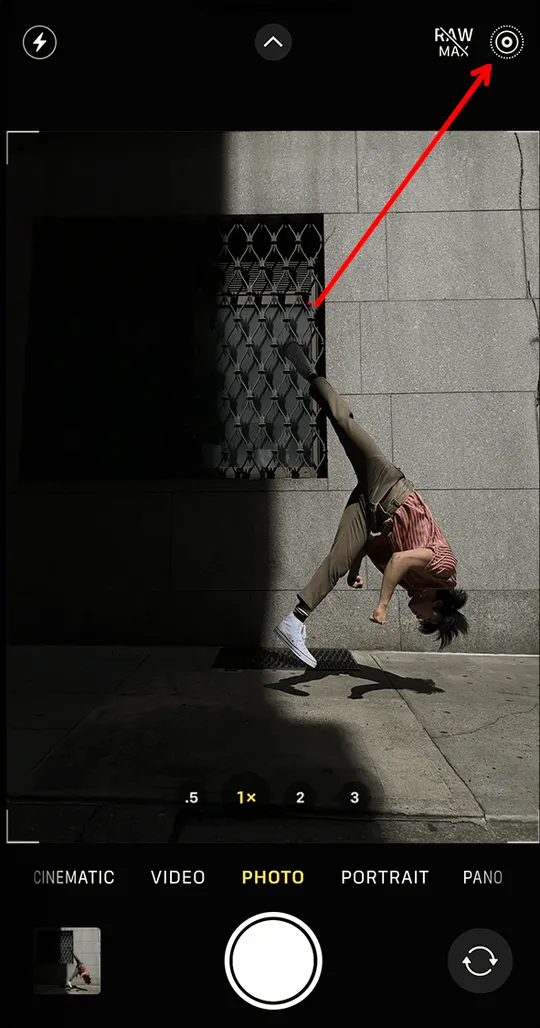
If there are no problems with the iPhone, it is enough to activate the corresponding icon at the top of the screen, then with Android it is not so simple. The problem is that the latter do not have one unified implementation. For example, in Samsung phones, the ability to shoot Live Photos appeared in 2017, but unlike Apple, here video capture is carried out only for the first 1.5 seconds.
Even the name of the function differs depending on the manufacturer and the graphical shell of the Android phone used. For example, on Xiaomi devices it is called Dynamic Photos, and to activate it you need to open additional camera settings.
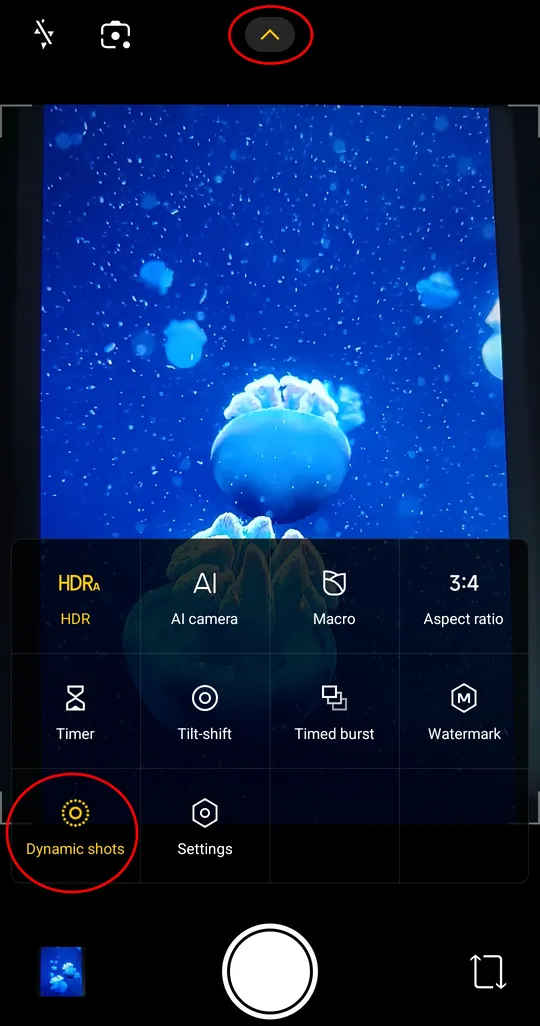
When viewing photos in Gallery or the Google Photos app, Live Photos are in the same directory as regular photos. The only difference is the presence of an icon that symbolizes the ability to play.
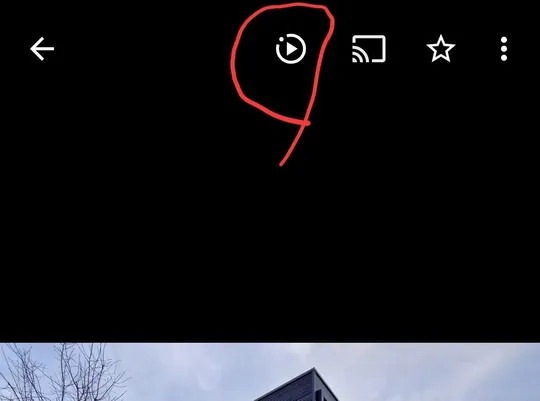
The iPhone has a separate section for this in the Photos app, which allows you to quickly find Live Photos among your entire photo archive.
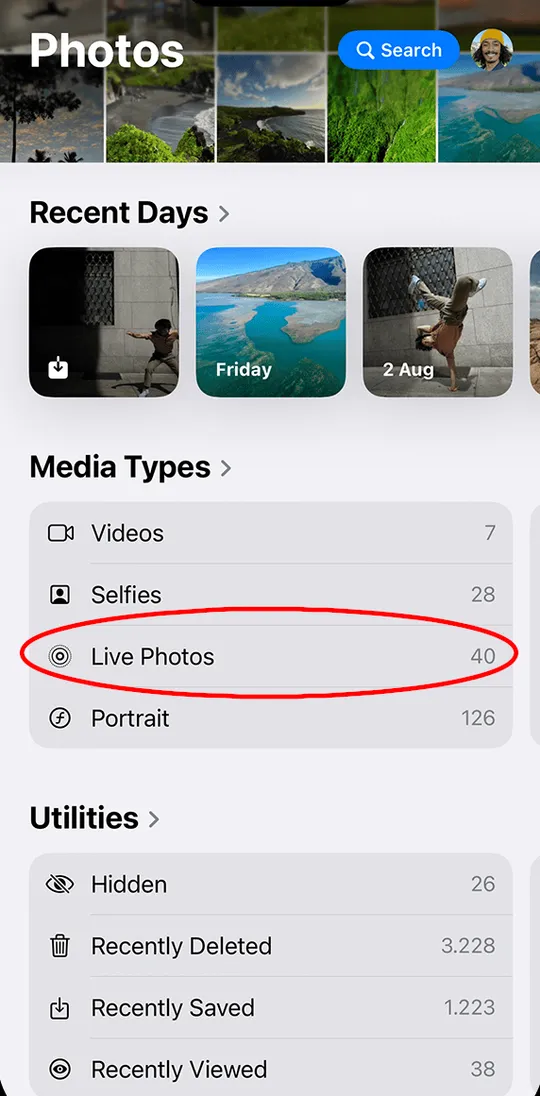
Compatibility and sharing of Live Photos across platforms
Unfortunately, this photo format is not as versatile as static images. When exchanging Live Photos within the Apple ecosystem, such as via iMessage or AirDrop, the files are transferred without problems and retain their full functionality. However, when sent from an iPhone to an Android device, it is converted to a static image (JPG), losing its “live” function. Similarly, “Motion Photos” or “Dynamic Photos” from Android devices also come as static images when sent to an iPhone.
Conclusion
Live photos are a convenient and emotionally rich way to save memories. They combine the best aspects of photos and videos, allowing you to capture not only the picture, but also the atmosphere of the moment. Despite the different implementation of this function on iPhone and Android, as well as the limitations of sharing between platforms, modern tools allow you to create live photos even from regular videos. Use the built-in camera capabilities or third-party applications and your photos will literally come to life, adding a little more life and movement to the album.